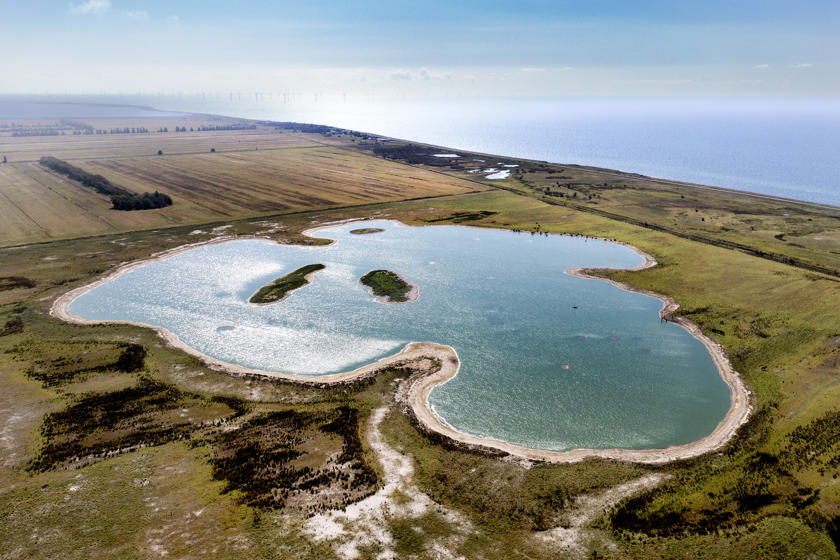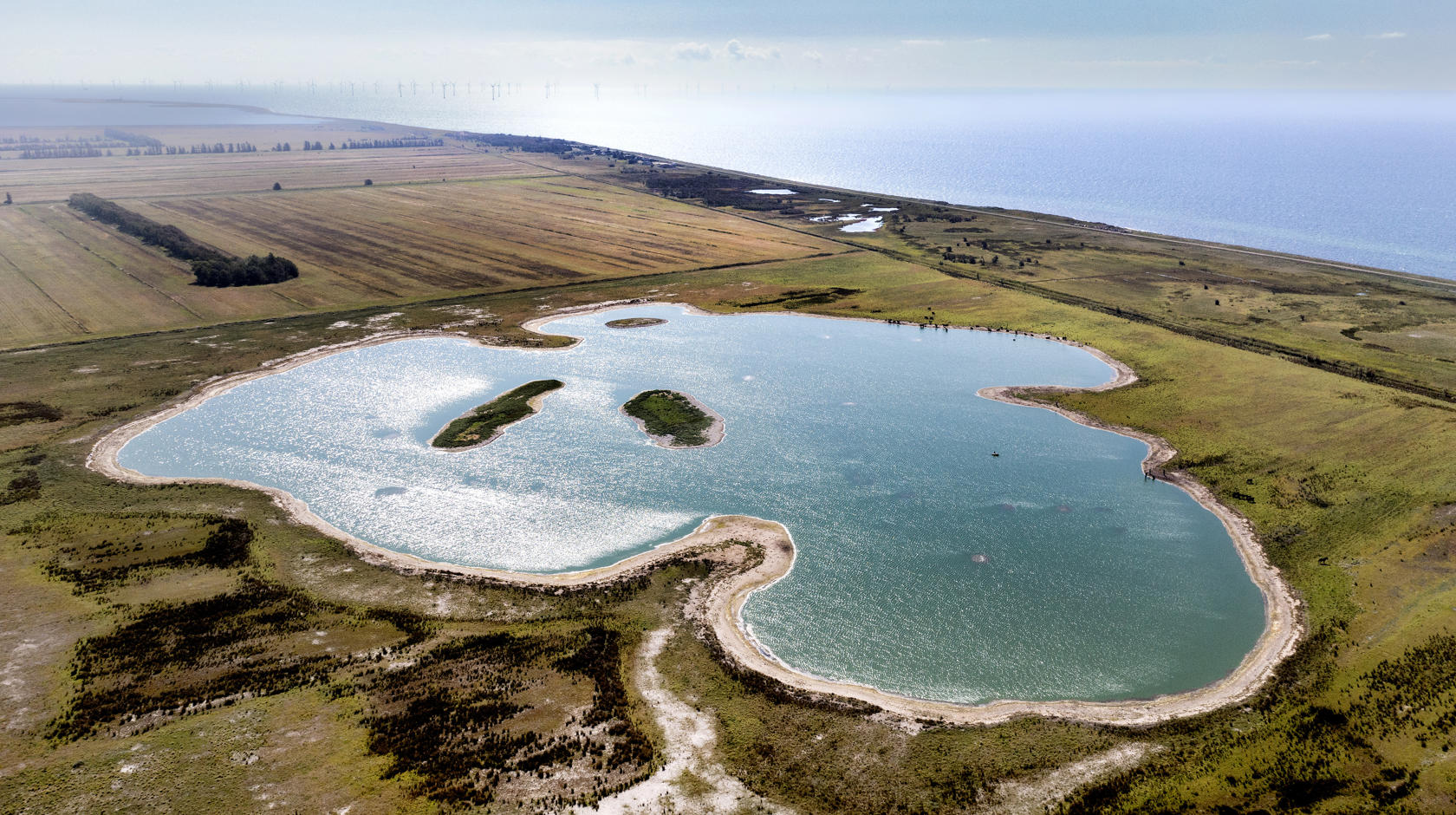To experience the intricate dance steps of cranes in springtime, the croaking of frogs in early summer and the flight of migrating birds across the autumn sky, look no further than the large nature areas around the Fehmarnbelt construction project in Rødbyhavn.
Established in record time as part of the construction of the future tunnel to Germany, the area around the new Lungholm Lake, East of Rødbyhavn, is a good example of how a developer can contribute to the rapid restoration of nature under the right conditions. The previous area was required for the construction sites and the tunnel construction.
In just four years, the entire area has been transformed into a rich and diverse wildlife sanctuary, which Lolland Municipality has now registered as a 'specially protected' nature area. Visitors are permitted to enter the area, except during the birds’ breeding season
"We’ve had our eye on the area around Lungholm Lake for some time. But it is unique to see a man-made nature area develop so rapidly and become home to so many different species of birds,” says Dorthe Prip Lahrmann, Specialist Coordinator for Nature and Agriculture at Lolland Municipality, which oversees the area.
The area, which was previously used as agricultural land, was withdrawn from use in 2015. Five years later, the lake was established to replace an artificial lake, Strandholm Lake, which was located precisely where the entrance to the tunnel is today. The new Lungholm Lake was therefore relocated to the east of the tunnel factory and upgraded with three nesting islands for birds to encourage bird life in the area.
More than 70 different bird species can now be spotted in the area, including cranes, rare amphibians and the protected marsh orchid.
“On the whole, nature has embraced the new areas that have arisen from the Fehmarnbelt project,” says Dorthe Prip Lahrmann.
"We work closely with the Fehmarnbelt project on nature conservation in the area. It’s about giving nature the best possible conditions to thrive. It can then develop surprisingly quickly into a robust habitat for animals and plants,” she adds.
At Sund & Bælt, the state-owned company behind the construction of the Fehmarnbelt tunnel, the team is delighted that their conservation work is bearing fruit. Ditte Hjort, Project Manager at Sund & Bælt, stresses the collaboration with Lolland Municipality and local partners that has made the nature area a success.
"We welcome partnerships with local landowners and public authorities such as Lolland Municipality. When we establish nature areas, we draw on conditions that are already present, thereby creating cohesiveness across the area. As our objective is for it to develop into protected nature, we follow through on all our initiatives to ensure that nature actually develops in a healthy direction,” explains Ditte Hjort.

